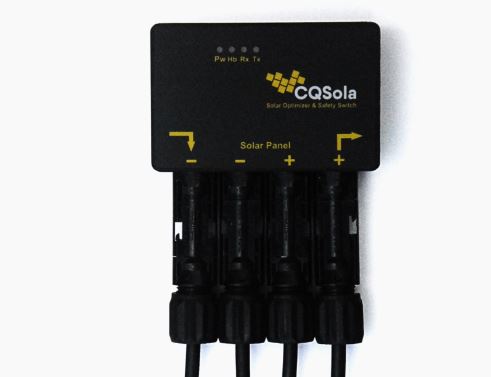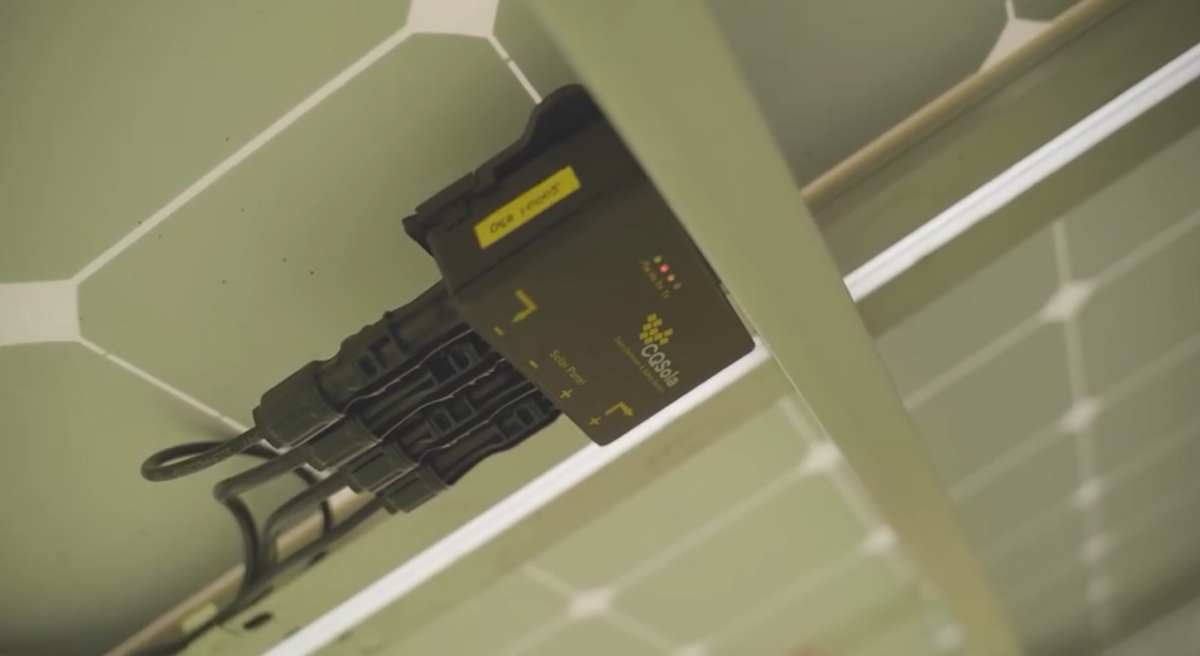Queensland-headquartered tech company CQSola has been named as a project partner on a research initiative led by Canberra-based Australian National University (ANU) which has received $2.25 million (USD 1.4 million) from the Australian Renewable Energy Agency (ARENA) in a new round of hydrogen research funding.
Current renewable hydrogen production approaches using electrolysers encounter multiple energy conversion efficiency losses. Researchers at ANU have developed a laboratory-based, direct solar-to-hydrogen (DSTH) system to combat this by combining solar cells and catalytic electrodes in a single module.
ANU will now work with CQSola and a consortium of German, United States, and New Zealand specialist companies to further develop and evaluate the technology for commercial feasibility.
The $7.52 million project is scheduled for completion in 2029 with the research aiming to simplify the DSTH design using earth-abundant materials and integration with balance of system, potentially cut the cost of renewable hydrogen production.
CQSola co-founder Tony Schirmer said the family-owned company is looking forward to participating in the research with his electrical engineer father, Ian Schirmer, who has developed a power controller that directly connects to a battery or electrolyser stack offering 99% efficiency.

Image: CQsolar
“The device sits underneath individual panels which can output directly onto a battery or electrolyser stack, and we don’t know of any technology that can do that,” Schirmer said.
“In a solar farm, typically one maximum power point tracker (MMPT) will be used and trying to find the maximum power point across a lot of panels at the same time, but that’s where you get mismatch between the reality and the maths, and the way the maths works is that every single panel has its own point of calculation.”
“With the CQSola Power Controller, you don’t have any other conversions you need to do and our gear can achieve 99% efficiency from the panels, so you’re not losing anywhere near the conversion losses in going into a battery or electrolyser stack.”
Funds for the Accelerating the Commercialisation of the Direct Solar-to-Hydrogen Technology project will cover the initial research then commercialisation aimed at scaling up and demonstrating application of research breakthroughs in the market.
ARENA Chief Executive Darren Miller said the agency has a strong track record in funding and supporting early-stage innovation.
“Through our strategic priorities, we have highlighted the importance of renewable hydrogen growing to become a significant export industry,” he said.
“Innovation starts in the lab, and we have the best minds taking our decarbonisation efforts to the next level – to the benefit of all Australians through jobs, lower emissions and cheaper energy.”
Other partners on the research project include Germany-headquartered Fraunhofer Institute for Manufacturing Technology and Advanced Materials, U.S.-based Lawrence Berkeley National Laboratory, and New Zealand’s Frabrum Solutions.
This content is protected by copyright and may not be reused. If you want to cooperate with us and would like to reuse some of our content, please contact: editors@pv-magazine.com.








By submitting this form you agree to pv magazine using your data for the purposes of publishing your comment.
Your personal data will only be disclosed or otherwise transmitted to third parties for the purposes of spam filtering or if this is necessary for technical maintenance of the website. Any other transfer to third parties will not take place unless this is justified on the basis of applicable data protection regulations or if pv magazine is legally obliged to do so.
You may revoke this consent at any time with effect for the future, in which case your personal data will be deleted immediately. Otherwise, your data will be deleted if pv magazine has processed your request or the purpose of data storage is fulfilled.
Further information on data privacy can be found in our Data Protection Policy.